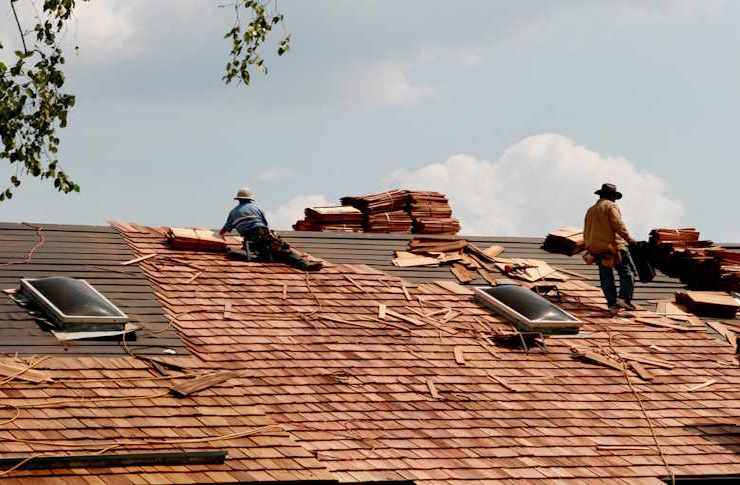Find out what Roofing Services will cost you in 2025
Thinking about replacing your roof or repairing it in 2025? Discover the expected costs for roofing services next year and learn what factors will influence your final bill. Stay informed and plan ahead with confidence before you commit to any roofing project.

What factors will affect roofing costs in 2025?
Several key factors will influence the cost of roofing services in 2025. Material prices, labor costs, and energy efficiency requirements are expected to play significant roles. The ongoing trends in sustainable roofing and technological advancements in the industry may also impact pricing. Additionally, local market conditions and the specific needs of your property will contribute to the overall cost of roofing projects.
How much will a new roof installation cost in 2025?
The cost of a new roof installation in 2025 will vary depending on factors such as the size of your home, the type of roofing material chosen, and your location. Based on current trends and projections, homeowners can expect to pay between $8,000 and $20,000 for a standard asphalt shingle roof on an average-sized home. Premium materials like metal, slate, or tile could push costs higher, potentially ranging from $20,000 to $50,000 or more.
What will be the average cost of roof repairs in 2025?
Roof repairs in 2025 are likely to see a slight increase in cost compared to current prices. Minor repairs, such as fixing a few damaged shingles or addressing small leaks, may range from $300 to $1,000. More extensive repairs, including fixing structural issues or replacing large sections of the roof, could cost between $1,000 and $7,000. The exact price will depend on the extent of the damage and the materials required.
Will energy-efficient roofing options be more expensive in 2025?
Energy-efficient roofing options are expected to remain a popular choice in 2025, potentially commanding a premium price. However, the long-term savings on energy costs may offset the initial investment. Cool roofs, solar tiles, and green roofing systems could range from 10% to 30% more expensive than traditional roofing materials. Despite the higher upfront cost, these options may provide substantial energy savings and potential tax incentives.
What unique factors will impact roofing costs in the United States in 2025?
In the United States, regional climate variations, local building codes, and labor market conditions will continue to influence roofing costs in 2025. Coastal areas prone to hurricanes may see higher prices due to the need for more durable materials and installation techniques. States with strict energy efficiency regulations might require additional roofing features, potentially increasing costs. Labor shortages in some regions could also drive up installation prices.
How do different roofing materials compare in cost for 2025?
| Roofing Material | Estimated Cost per Square (100 sq ft) | Lifespan | Energy Efficiency |
|---|---|---|---|
| Asphalt Shingles | $350 - $500 | 20-30 years | Moderate |
| Metal Roofing | $800 - $1,500 | 40-70 years | High |
| Slate | $1,500 - $3,000 | 75-100 years | High |
| Clay Tiles | $1,000 - $2,500 | 50-100 years | High |
| Wood Shakes | $600 - $900 | 30-40 years | Low |
| Green Roofing | $1,000 - $2,000 | 30-50 years | Very High |
Prices, rates, or cost estimates mentioned in this article are based on the latest available information but may change over time. Independent research is advised before making financial decisions.
The table above provides a comparison of different roofing materials, their estimated costs per square (100 square feet) in 2025, expected lifespan, and energy efficiency ratings. While asphalt shingles remain the most affordable option, homeowners looking for longevity and energy efficiency might consider investing in metal, slate, or green roofing systems despite their higher initial costs.
In conclusion, roofing services in 2025 are expected to see moderate price increases due to various economic and industry factors. Homeowners should consider not only the immediate costs but also the long-term value, energy savings, and durability of their roofing choices. By understanding these projected costs and factors, you can make informed decisions about your roofing needs and budget accordingly for the coming years.




